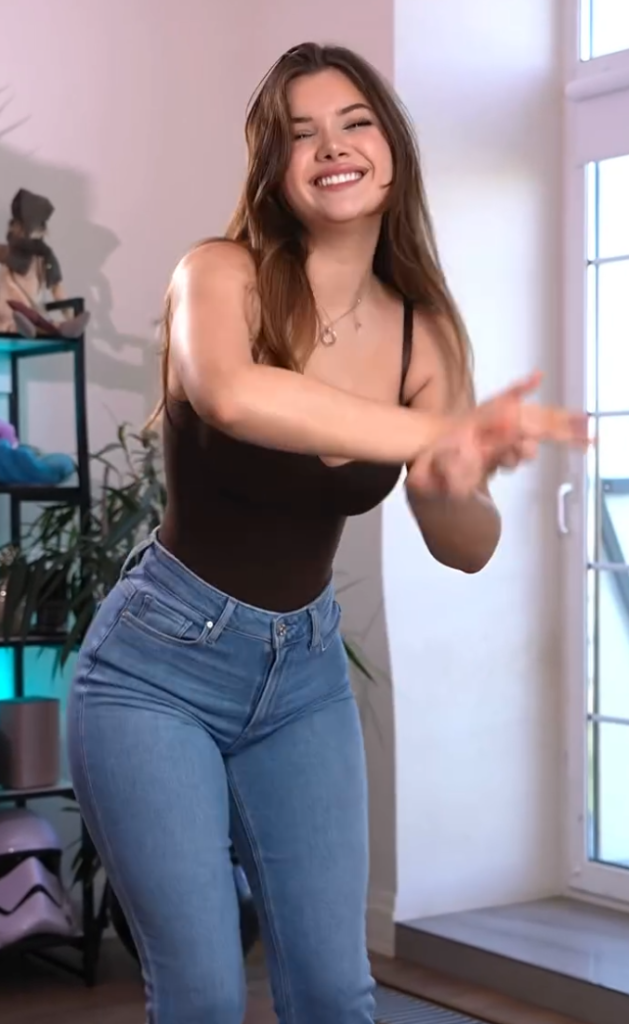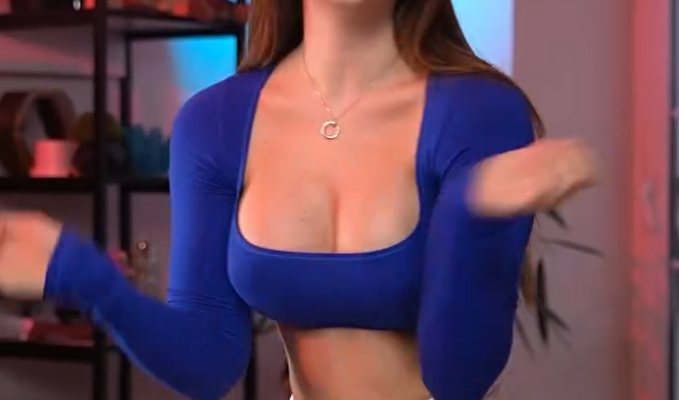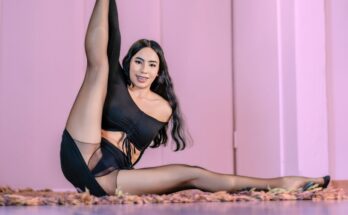

Dancing is more than just movement—it’s an expression, a passion, a way to connect with ourselves and others. From the lively beats of salsa to the rhythmic steps of hip-hop, dance has the power to ignite joy, build confidence, and even heal the soul. No matter who you are, where you come from, or what music moves you, there is something magical about dancing.


The Universal Language of Dance
Dance is a universal language that transcends words. Even if two people don’t speak the same language, they can communicate through movement. A shared rhythm on the dance floor can forge connections between strangers and create memories that last a lifetime. Whether it’s the elegant waltz of a ballroom couple, the energetic jumps of a breakdancer, or the gentle sways of a mother rocking her child, dance is an inherent part of the human experience.


The Joy of Movement
There’s a special kind of happiness that comes from letting go and dancing freely. It doesn’t matter if you know the right steps or if you have any training—when the music takes over, the body follows. Have you ever noticed how a toddler instinctively bounces to the beat or how someone in a club loses themselves in a song? Dance taps into pure joy, allowing us to express emotions that words cannot capture.
Even in the toughest times, dance has a way of lifting the spirit. Many people turn to dance as a form of therapy, finding that moving their bodies helps them process emotions, relieve stress, and feel more present in the moment. It’s no wonder that dance therapy is used for people struggling with anxiety, depression, and even physical disabilities.


Dance as a Cultural Treasure
Every culture has its own unique styles of dance, reflecting history, traditions, and values. Flamenco from Spain, the graceful Kathak of India, the mesmerizing whirls of Sufi dervishes, and the vibrant African tribal dances all tell stories passed down through generations. Even modern dance forms, like hip-hop and jazz, have roots that trace back to cultural movements and social change.
In many cultures, dance plays a significant role in celebrations and rituals. Weddings, religious festivals, and even funerals incorporate dance as a way to honor traditions and bring people together. When you watch a traditional dance performance, you’re not just seeing movement—you’re witnessing history, emotion, and deep-rooted cultural pride.
The Health Benefits of Dancing
Dancing isn’t just fun—it’s great for your health, too! Whether you’re grooving at a party or taking a structured dance class, you’re engaging in a full-body workout that improves cardiovascular health, strengthens muscles, and enhances flexibility. Dance also improves balance and coordination, which is especially important as we age.
Beyond the physical benefits, dancing is fantastic for mental well-being. When we dance, our brains release endorphins, the “feel-good” hormones that help reduce stress and improve mood. Learning new dance moves also challenges the brain, improving memory and cognitive function. Studies have even shown that dancing can help lower the risk of dementia in older adults
Dance and Social Connection
One of the most beautiful aspects of dance is its ability to bring people together. Whether it’s a couple swaying to a romantic tune, a group of friends jumping to a high-energy track, or a community participating in a cultural dance, movement fosters connection. Dancing with others builds trust, encourages teamwork, and strengthens relationships.
Partner dances like salsa, tango, and ballroom require communication and coordination between dancers, creating a strong bond through movement. Group dances, from traditional folk performances to modern flash mobs, generate a sense of unity and shared joy. Even solo dancing can be a communal experience, as seen in dance battles and freestyle sessions where individuals take turns expressing themselves.
The Power of Dance in Entertainment
From Broadway stages to viral TikTok videos, dance is an integral part of entertainment. Dance has the power to captivate audiences, tell stories, and evoke deep emotions. Musical theater, movies like Step Up and Dirty Dancing, and reality shows like Dancing with the Stars showcase the incredible talent and dedication of dancers around the world.
Social media has also transformed the dance scene, making it more accessible than ever. Choreographers and dancers can share their creativity with millions, inspiring people to learn new moves and appreciate different dance styles. Dance challenges go viral, bringing people from different backgrounds together in a shared experience of movement and fun.
Overcoming Fear and Embracing Dance
Many people hesitate to dance because they feel self-conscious or worry about looking silly. But here’s the secret: dancing isn’t about perfection—it’s about joy. You don’t have to be a professional dancer to enjoy moving to the rhythm. The best dancers aren’t necessarily the ones with the most technical skill but those who dance with confidence and passion.
If you’re new to dancing, start small. Play your favorite song and let yourself move naturally. Take a beginner dance class or follow along with an online tutorial. Most importantly, remember that dancing is meant to be fun! The more you let go of self-doubt, the more you’ll enjoy the experience.
Dancing Through Life
Life is a dance—sometimes slow and graceful, sometimes wild and unpredictable. The beauty of dance is that it mirrors life itself, with moments of hesitation, bursts of energy, and steps forward into the unknown. So why not embrace the rhythm and dance through life with joy, passion, and an open heart?
The next time you hear a song that moves you, don’t hold back. Whether you’re dancing in your bedroom, at a wedding, or in the middle of the street, let yourself feel the music. After all, dancing isn’t just about movement—it’s about feeling alive. 💃😍🔥



